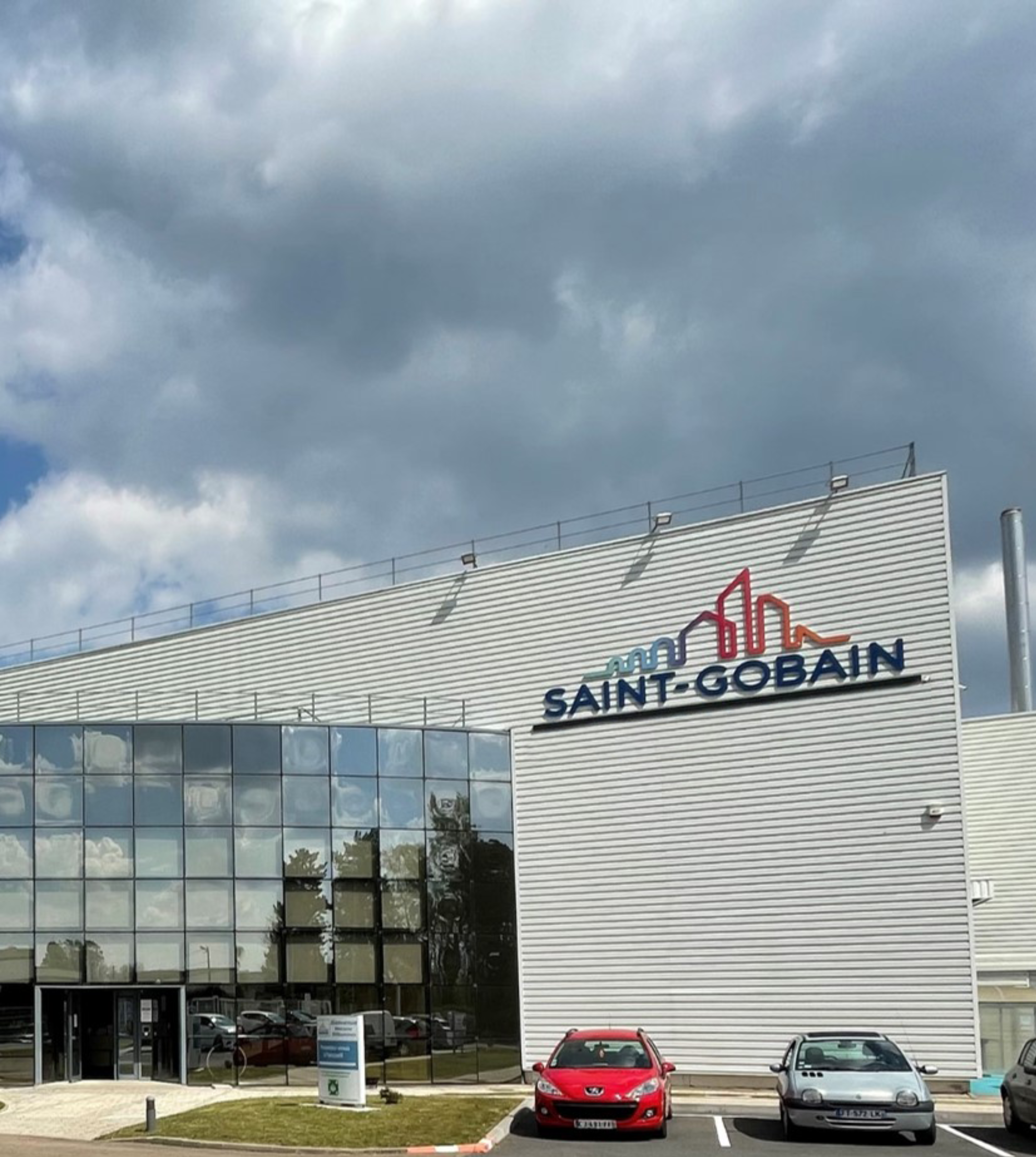A SUSTAINABLE APPROACH INTEGRATED IN A GLOBAL STRATEGY
As part of the Ceramics Business Unit of Saint-Gobain group, Saint-Gobain Abrasive Grains’ CSR approach has been set up in line with the Group ambitions to achieve carbon neutrality by 2050. The Group’s sustainability commitments are guided by it’s purpose “MAKING THE WORLD A BETTER HOME".
YOUR ENABLING ABRASIVE GRAINS PERFORMANCE PARTNER
We take action to achieve our vision: become the enabling abrasive grains performance partner to transform the industrial world to be sustainable.
Since the very beginning, we innovate by facing our client’s challenges.
Our expertise and products have been evolving to respond to the increasing needs in a wide range of markets.

This ambitious journey has begun and won’t stop until we get there.
By joining forces, we will shape tomorrow’s industry.
1. Giving the impulse to lower our environmental footprint

 |
CO2 EMISSIONS : 2030 target: -85% on scope 1 and 2 and -16% on scope 3 (vs.2017) Main ongoing actions:
|
|
 |
WATER MANAGEMENT : 2030 target: -70% of water withdraw (vs. 2017) Main ongoing actions:
|
|
 |
WASTE MANAGEMENT : 2030 target: -90% min. of non-recovered waste (vs. 2017) Main ongoing actions:
|
Explore our initiatives through these examples:
 |
ECO-INNOVATION Main ongoing actions:
|
|
 |
LIFE CYCLE ASSESSMENT Main ongoing actions:
|
|
 |
CIRCULARITY Main ongoing actions:
|

3. Nurturing ethical and trustful partnerships

 |
RESPONSIBLE PURCHASING Main ongoing actions:
|
|
 |
SUSTAINABLE PRACTICES Main ongoing actions:
|
|
 |
PRODUCT TRANSPARENCY Main ongoing actions:
|
Explore our initiatives through these examples:
4. Driving a positive workplace with shared values
 |
SUSTAINABILITY AWARENESS Main ongoing actions:
|
|
 |
DIVERSITY & INCLUSION Main ongoing actions:
|
|
 |
HEALTH & SAFETY Main ongoing actions:
|







